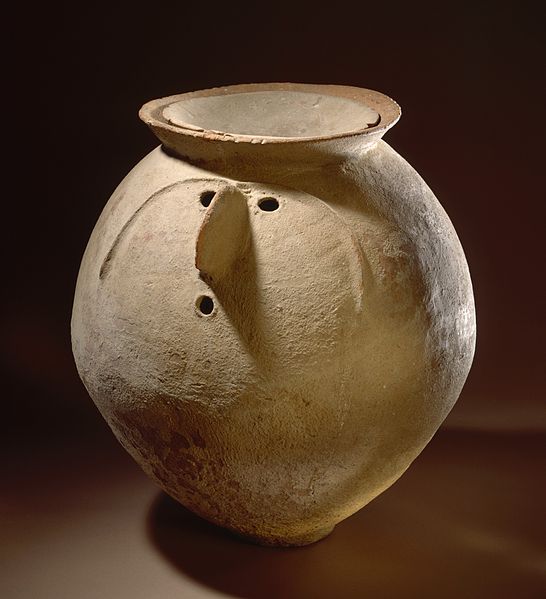The Apracharajas, also known as Avacarajas, were a local ruling dynasty of Gandhara. The Apracharaja capital, known as Apracapura, was located in Bajaur, though from numismatic evidence and reliquary inscriptions, it is asserted that their territory encompassed the wider region of Gandhara, including the cities of Taxila and Pushkalavati. Under the administration of Sases, their domain expanded to incorporate the former territory of the kingdom of Porus, which extended as far as the river Ravi in the Punjab.
Image: Vijayamitra king on horse
The Bajaur casket was a Buddhist dedication made by Apraca king Indravarman. Metropolitan Museum of Art.
Gandhara was an ancient Indo-Aryan civilization centred in present-day north-west Pakistan and north-east Afghanistan. The core of the region of Gandhara was the Peshawar and Swat valleys extending as far east as the Pothohar Plateau in Punjab, though the cultural influence of Greater Gandhara extended westwards into the Kabul valley in Afghanistan, and northwards up to the Karakoram range. The region was a central location for the spread of Buddhism to Central Asia and East Asia with many Chinese Buddhist pilgrims visiting the region.
Cremation urn, Gandhara grave culture, Swat Valley, c. 1200 BCE
Xerxes I tomb, Gandāra soldier, c. 470 BCE
Athens coin (c. 500/490–485 BCE) discovered in Pushkalavati. This coin is the earliest known example of its type to be found so far east. Such coins were circulating in the area as currency, at least as far as the Indus, during the reign of the Achaemenids.
Major Rock Edict of Ashoka in Mansehra






